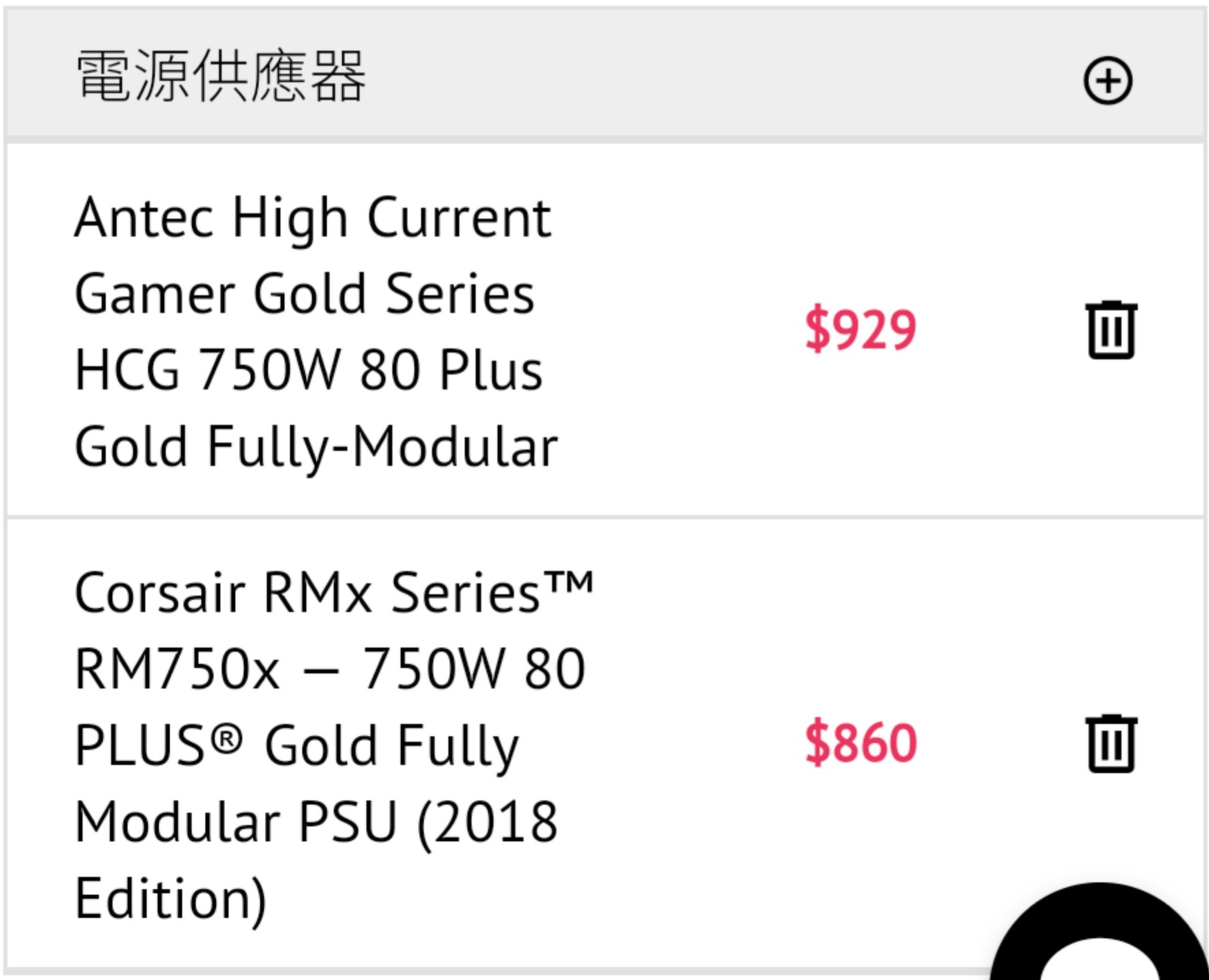屌諗諗下跳樓 2700x 都唔錯
仆街好撚難揀
amd cpu&gpu 討論post #25 睇#1&有時間幫手填表
Jacksjoke
1001 回覆
0 Like
2 Dislike

aio一定係買 nzxt / corsair

時間唔係問題
就2700x
就2700x

我粒3900呢



不打機冇問題
<SSD>Innogrit Debuts With Four NVMe SSD Controllers

Innogrit's Rainier controller is a significant generational advance over the Shasta family, moving up to the high-end client and entry-level datacenter markets. Rainier switches to one of TSMC's 16/12nm FinFET processes, which Innogrit (and most other controller designers) sees as necessary for PCIe gen4 support with reasonable power consumption. Rainier has 8 NAND channels that can run at up to 1200MT/s, fast enough for any currently-available NAND. This allows for sequential read and write speeds of up to 7GB/s and 6.1GB/s respectively, more or less saturating the PCIe 4 x4 interface. Rainier adds enterprise-oriented features like multiple namespace support and SR-IOV virtualization, but client-oriented power management is still supported, with idle states for 50mW and less than 2mW.
The most powerful controller on Innogrit's roadmap is Tacoma, which builds on Rainier by doubling the NAND channel count to 16 (bringing the maximum supported capacity up to 32TB), widening the DRAM interface to 72 bits (64b with ECC), and adding more high-end enterprise features. Sequential IO performance will be roughly the same as for Rainier but random IO gets a boost from the extra parallelism. The virtualization capabilities have been enhanced relative to Rainier and the NVMe Controller Memory Buffer feature is supported, which comes in handy for NVMe over Fabrics deployments. A special low-latency mode is introduced, which Innogrit will be demonstrating with Toshiba's XL-FLASH (their answer to Samsung's Z-NAND). Perhaps the most important feature of Tacoma is the addition of in-storage compute with a deep learning accelerator; more information about this will be shared next week during Innogrit's keynote presentation at Flash Memory Summit.
https://www.anandtech.com/show/14700/innogrit-debuts-with-four-nvme-ssd-controllers

Innogrit's Rainier controller is a significant generational advance over the Shasta family, moving up to the high-end client and entry-level datacenter markets. Rainier switches to one of TSMC's 16/12nm FinFET processes, which Innogrit (and most other controller designers) sees as necessary for PCIe gen4 support with reasonable power consumption. Rainier has 8 NAND channels that can run at up to 1200MT/s, fast enough for any currently-available NAND. This allows for sequential read and write speeds of up to 7GB/s and 6.1GB/s respectively, more or less saturating the PCIe 4 x4 interface. Rainier adds enterprise-oriented features like multiple namespace support and SR-IOV virtualization, but client-oriented power management is still supported, with idle states for 50mW and less than 2mW.
The most powerful controller on Innogrit's roadmap is Tacoma, which builds on Rainier by doubling the NAND channel count to 16 (bringing the maximum supported capacity up to 32TB), widening the DRAM interface to 72 bits (64b with ECC), and adding more high-end enterprise features. Sequential IO performance will be roughly the same as for Rainier but random IO gets a boost from the extra parallelism. The virtualization capabilities have been enhanced relative to Rainier and the NVMe Controller Memory Buffer feature is supported, which comes in handy for NVMe over Fabrics deployments. A special low-latency mode is introduced, which Innogrit will be demonstrating with Toshiba's XL-FLASH (their answer to Samsung's Z-NAND). Perhaps the most important feature of Tacoma is the addition of in-storage compute with a deep learning accelerator; more information about this will be shared next week during Innogrit's keynote presentation at Flash Memory Summit.
https://www.anandtech.com/show/14700/innogrit-debuts-with-four-nvme-ssd-controllers
買ht買到窮返黎望下
3900x呢

猶豫幾時肯放3900x貨呀 

一體 我麻麻地
尋日水3900X完全無聲氣, 睇黎要等多半個月

初頭諗住買Antec neo eco gold 750配 3700x+5700xt就算數
後來諗諗下都係唔好慳係火牛到
個人比較鍾意antec, 但係hcg gold比cosair rmx仲貴,又唔知有咩特別好
如果唔係dp501放唔落hx750,比多幾十買白金牛唔好?
點揀?

後來諗諗下都係唔好慳係火牛到

個人比較鍾意antec, 但係hcg gold比cosair rmx仲貴,又唔知有咩特別好

如果唔係dp501放唔落hx750,比多幾十買白金牛唔好?

點揀?


hcg gold : Delta Electronics
cosair rmx : CWT
上hcg gold
cosair rmx : CWT
上hcg gold
唔洗探病啊 同事重病啊
x570 係唔係同470/370 一樣 更新左Chipset 再更bios ?

yes
我睇網上包膠話hcg gold係Seasonic代工Focus系列
不過電壓表現就真係唔錯

不過電壓表現就真係唔錯
不過有可能資料未更新了
jack巴呢隻舊版銅牌牛黎
18年果陣更新左做金牌系列

18年果陣更新左做金牌系列
應該資料冇更新了
不過都係果句,大家都金牌牛10年保,hcg gold貴一截,但係上個月又可以送番100蚊禮卷,即係依家冇禮卷又唔減價唔抵買

火牛不能慳 出左事就好麻煩





